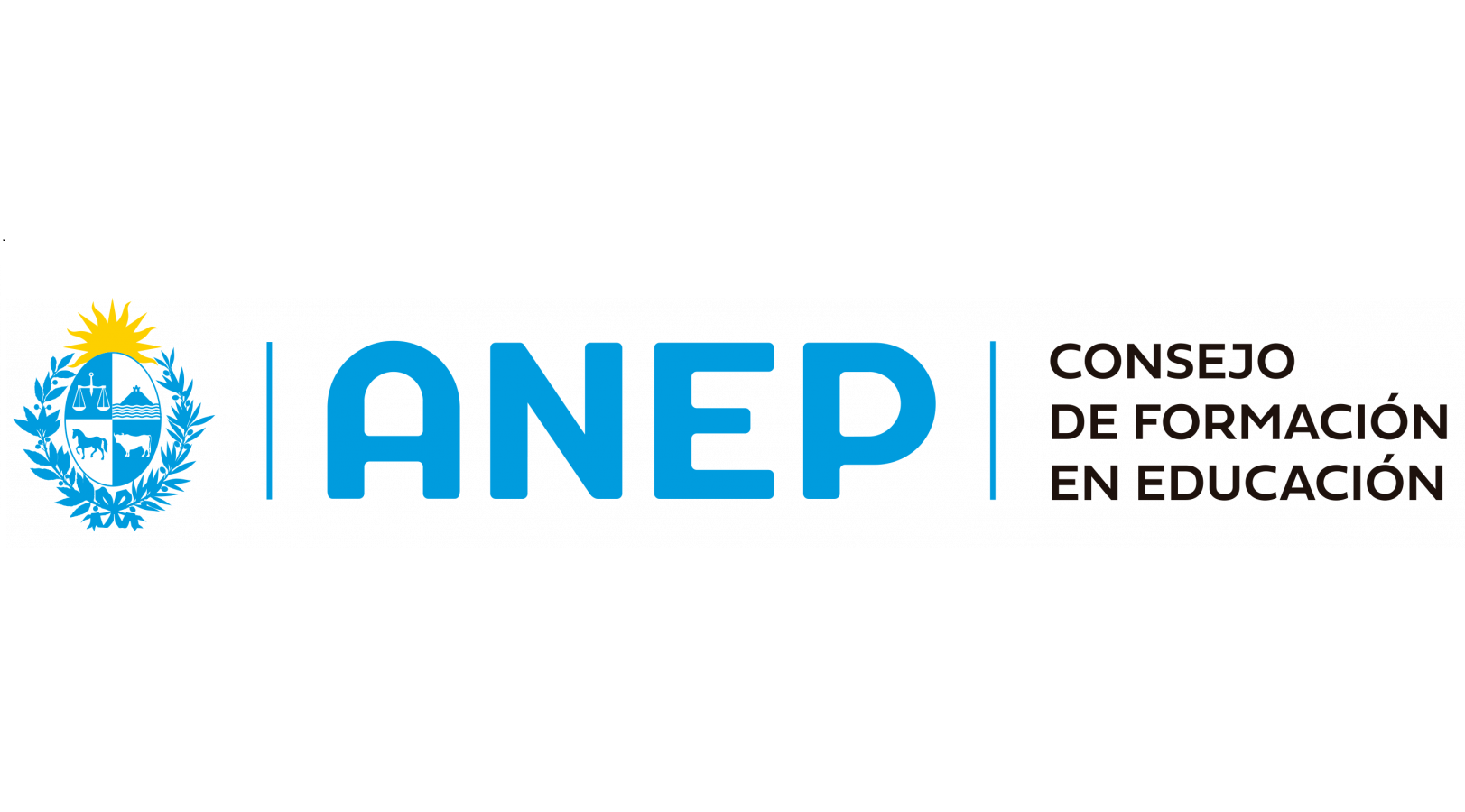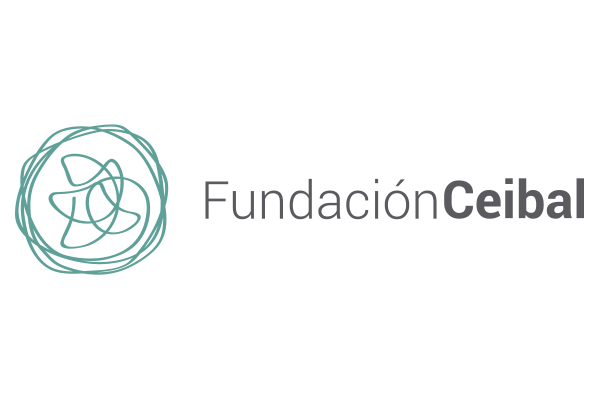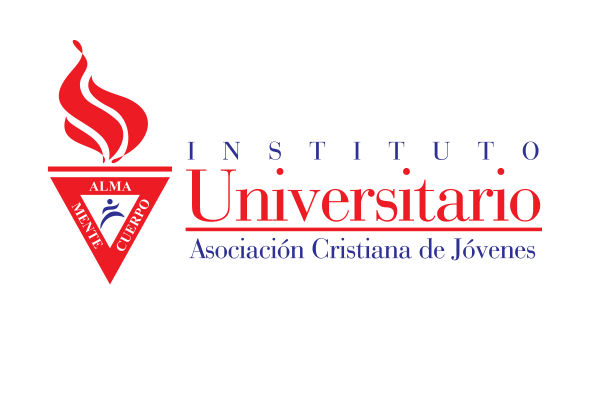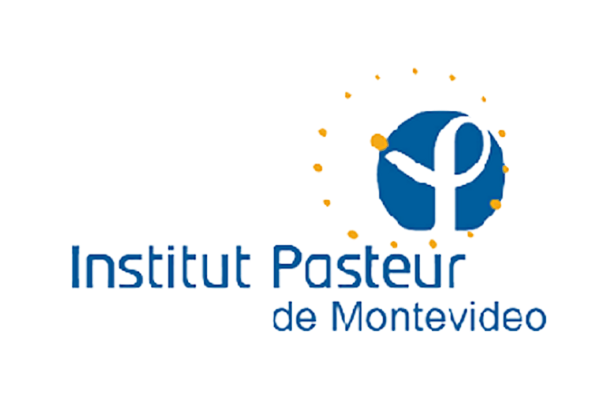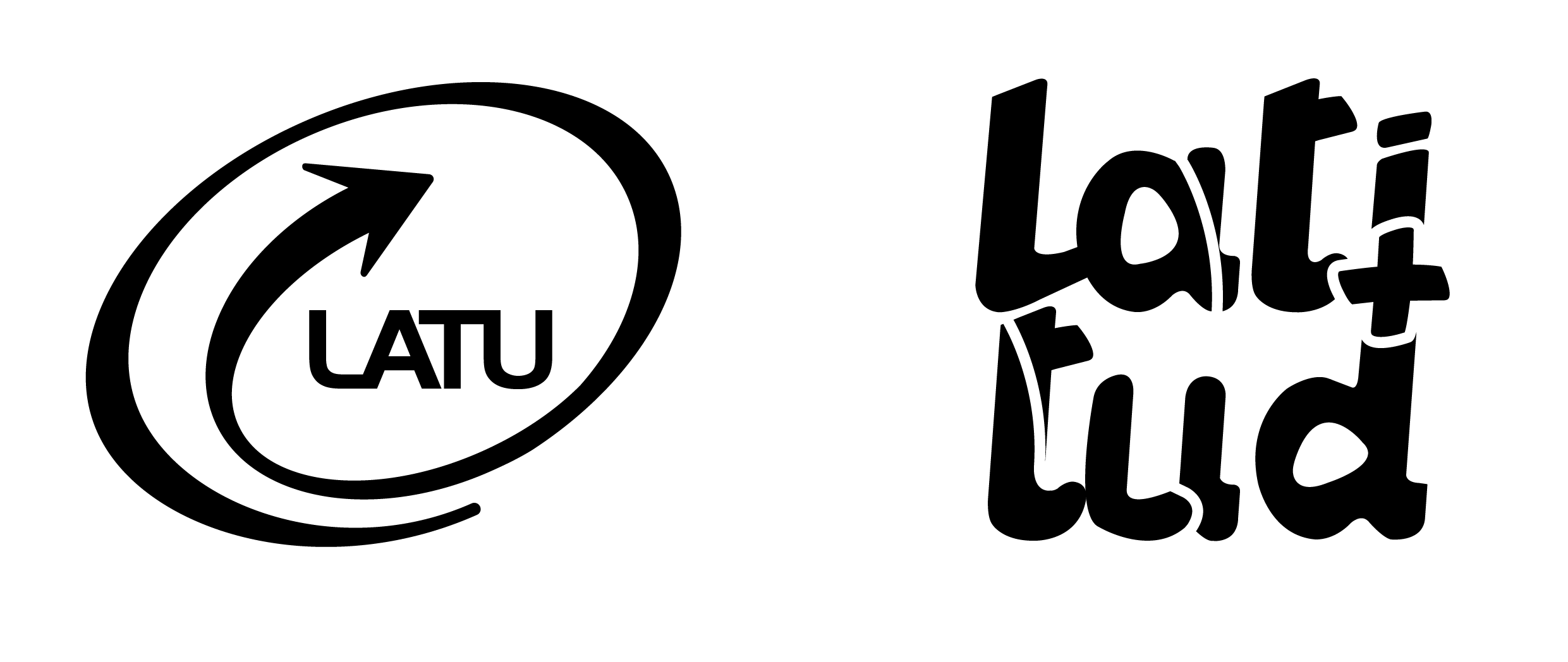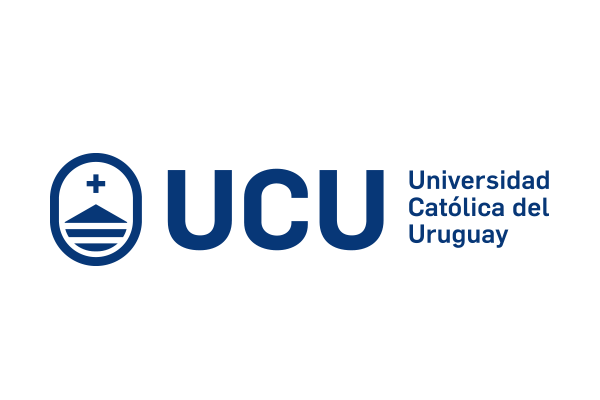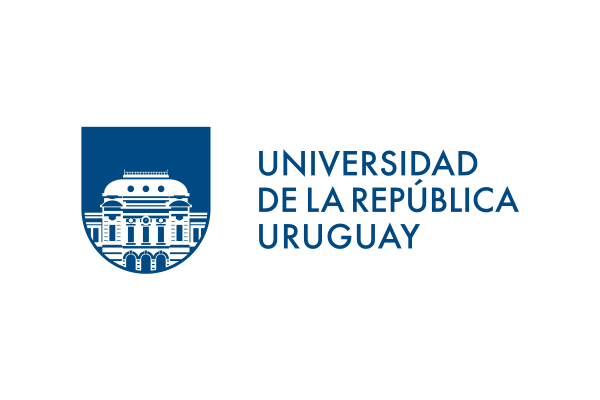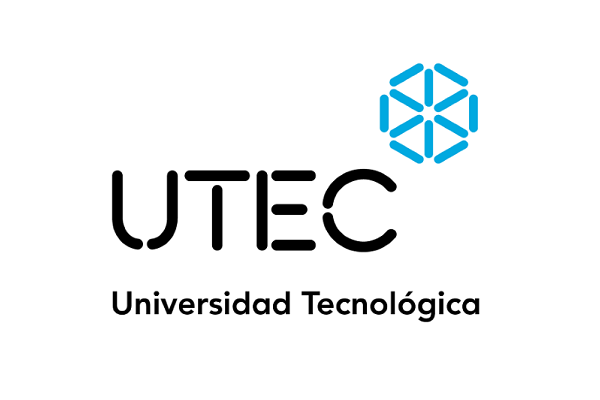Inclusión de forrajes con distinta relación de fibra soluble e insoluble en la dieta de cerdos
Different ratio of soluble and insoluble fiber in the pig diet
Resumen:
Se evaluó la inclusión progresiva de dos forrajes con diferente contenido en fibra soluble (FS), en dietas de cerdos desde la recría a la terminación. Los tratamientos fueron: dieta base testigo (T0) formulada en base a maíz y harina de soja; dieta base con alfalfa (T1) (Medicago sativa var. Chaná) o con achicoria (T2) (Cichorium intibus var. Lacerta) para las fases (F) de recría I (F1, 40-60 kg de PV), recría II (F2, 60-80 kg de PV) y terminación (F3, 80 a 100 kg de PV). Se utilizaron 27 animales con un peso inicial de 42 kg (± 2.3), en un diseño de parcelas al azar en tres tratamientos con nueve repeticiones. El peso final y la ganancia diaria no difirieron entre tratamientos. El consumo de Fibra Dietaria fue mayor en los tratamientos con forraje (P<0.05), mientras el consumo de FS fue mayor en la dieta con achicoria que en la dieta con alfalfa (P<0.05). Este mayor consumo de Fibra Dietaria estuvo asociado a un mayor peso de los componentes del tracto gastrointestinal de los cerdos, en particular el colon en T2 (P<0.05). Como consecuencia, T2 presentó el menor rendimiento de carcasa (77.4%, P<0.05), respecto a T0 y T1, los que fueron similares entre si (80.0 y 78.9% respectivamente, P=0.303). La inclusión progresiva de forraje posibilitó una adaptación física del tracto, mediante el aumento del estómago y colón, pero dicha adaptación afectó el rendimiento de carcasa.
The progressive inclusion of two forages with different soluble fibre (FS) content, in diets from growing and finishing pig was evaluated. The treatments were: control diet (T0) formulated based on corn and soybean meal; base diet with alfalfa (T1) (Medicago sativa var. Chaná) or with chicory (T2) (Cichorium intibus var. Lacerta) for stages (F) of growing I (F1, 40-60 kg of PV), growing II (F2, 60-80 kg of PV) and finishing (F3, 80 to 100 kg of PV). 27 animals with an initial weight of 42 kg (± 2.3) were used in a random plot design in three treatments, with nine repetitions. The final weight and daily gain did not differ among treatments. Dietary Fiber consumption was higher in forage treatments (P<0.05), while FS consumption was higher in the chicory diet than the alfalfa diet (P <0.05). This higher consumption of Dietary Fiber was associated with a higher weight of the components of the pigs’ gastrointestinal tract, particularly the colon in T2 (P<0.05). As a consequence, T2 presented the lowest carcass yield (77.4%, P<0.05), compared to T0 and T1, which were similar to each other (80.0 and 78.9% respectively, P=0.303).The progressive inclusion of forage allowed a physical adaptation of the tract, by increasing the stomach and colon but such adaptation affected the carcass yield.
| 2020 | |
|
Alimentos alternativos Consumo Eficiencia Fibra dietaria |
|
| Español | |
| Universidad de la República | |
| COLIBRI | |
| https://hdl.handle.net/20.500.12008/31998 | |
| Acceso abierto | |
| Licencia Creative Commons Atribución (CC - By 4.0) |

